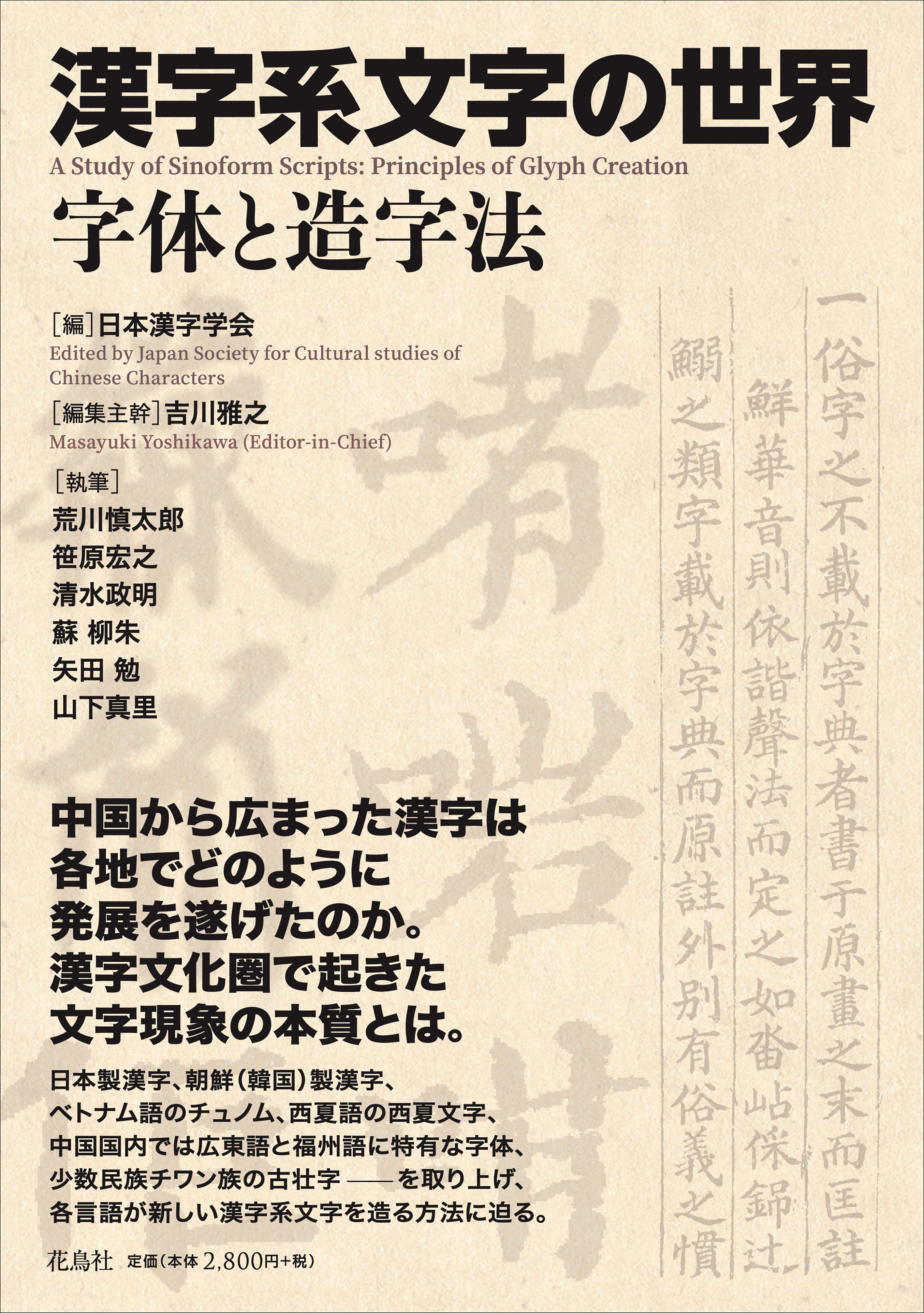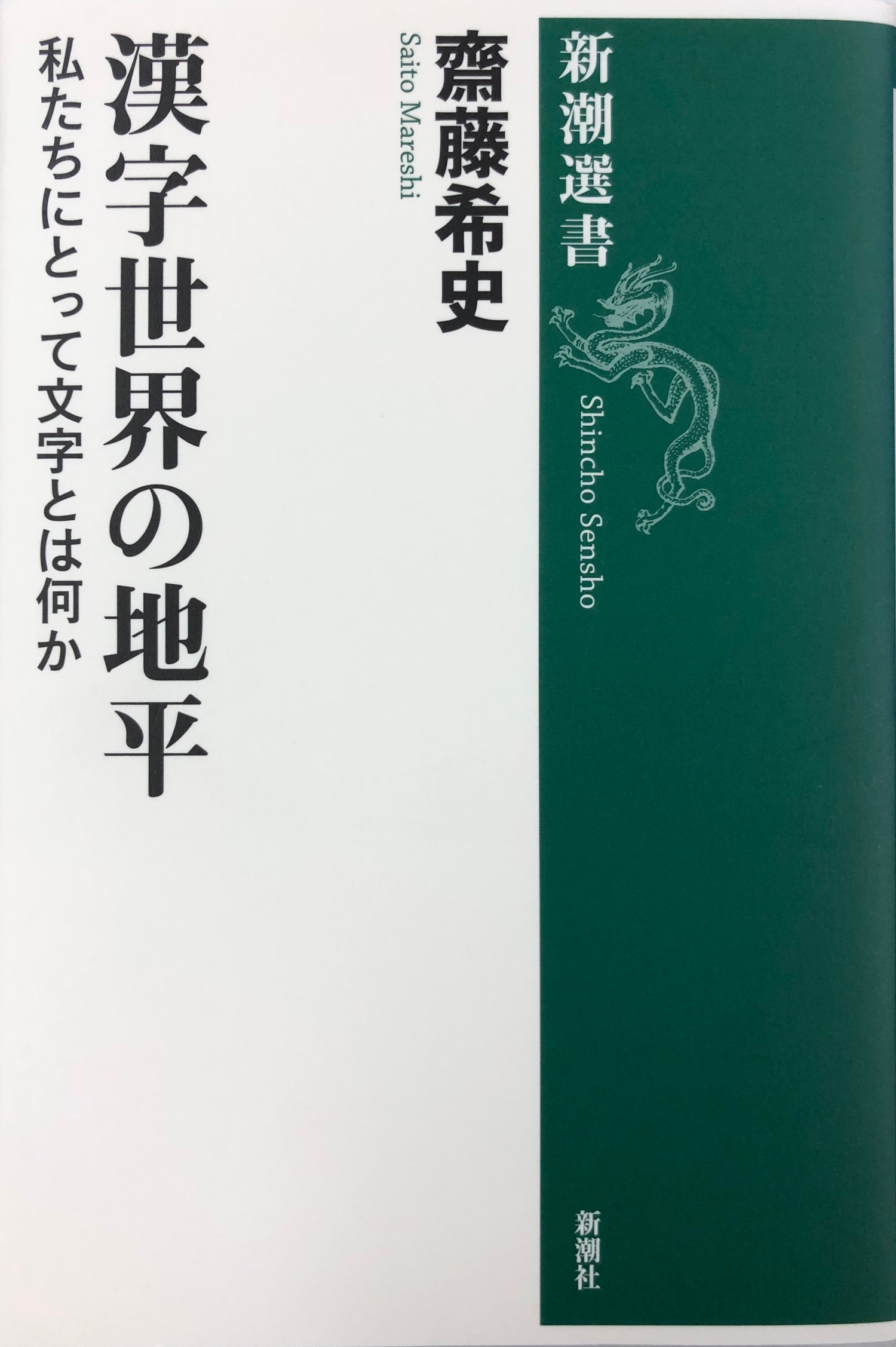
Title
Chūgoku-gogaku Jiten (Encyclopedic Dictionary of Chinese Linguistics)
Size
768 pages, 127x188mm, hardcover
Language
Japanese
Released
October 13, 2022
ISBN
9784000803229
Published by
Iwanami Shoten.
Book Info
See Book Availability at Library
Japanese Page
As the first quarter of the 21st century draws to a close, there is an unprecedented level of diversity in the academic study of language and writing in terms of research aims, methods, and objects of study. Ranging from those who deal with language and writing systems and various phenomena within them to those who explain the inner worlds of the mind through verbal expression, focus on the role of language and writing in society, attempt to elucidate the biological mechanisms of language, and try to have computers understand natural language, the lectures and events on language and writing held at the University of Tokyo give one the feeling of being at the forefront of its diversity. This diversity can also be observed when focusing on certain specific languages. This volume, “Chūgoku-gogaku Jiten,” implies that this is true for Chinese.
In this volume, about 1,100 items related to the Chinese language have been included as headlines, accompanied by detailed explanations. This monument crystallizes the development of Chinese linguistics in Japan in the latter half of the 20th century and the beginning of the 21st century. It lists items related to a variety of fields. In particular, abundant items pertaining to classical Chinese grammar, excavated materials, and modern Chinese grammar points to rapidly developing fields. All these are the fruits of efforts made by four faculty members at the University of Tokyo: Hideki Kimura (Professor Emeritus, Graduate School of Humanities and Sociology), Kairong Yang (Professor Emeritus, Graduate School of Arts and Sciences), Katsuya Onishi (Professor, Graduate School of Humanities and Sociology), and Hideki Ono (Professor, Graduate School of Arts and Sciences), reflecting research and education about the Chinese language promoted at the University of Tokyo. In recent years, research on classical Chinese grammar has been conducted primarily at the Faculty of Letters and the Graduate School of Humanities and Sociology, while research on modern Chinese grammar has been conducted primarily at the College of Arts and Sciences and the Graduate School of Arts and Sciences. If you have questions about the Chinese language, I hope you will make this volume your first step.
Recently, Europe and the United States have seen dictionaries and handbooks on Chinese linguistics being published in sequence. This demonstrates how Chinese linguistics is an academic field that has become dramatically more international in the past few decades. In the future, intensive dissemination of research findings will be conducted as a book series. However, there are fundamental differences between this volume and Western books in several respects, including the differences in the items listed. These are manifestations of differing values regarding what scholarship on China ought to be like and the purposes of such a study. As such, this volume should help us recognize the strengths and weaknesses of Japanese scholarship.
The explanations included in this volume provide readers with an up-to-date starting point on Chinese linguistics. This volume will enlighten students at the University of Tokyo when they think about what to research in the future from a broad vantage point that covers Chinese linguistics and the humanities. I urge you to read and think with a critical mindset. There, you will find the first step to venture beyond the explanations in this volume.
(Written by YOSHIKAWA Masayuki, Professor, Graduate School of Arts and Sciences / 2023)



 Find a book
Find a book






